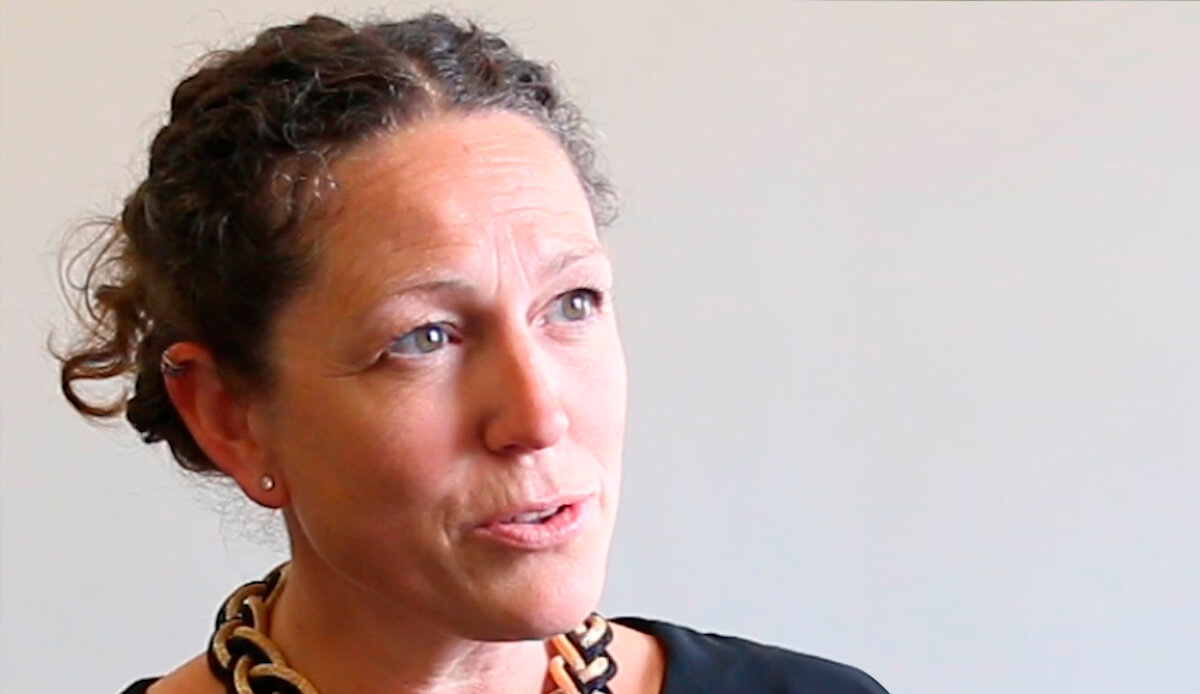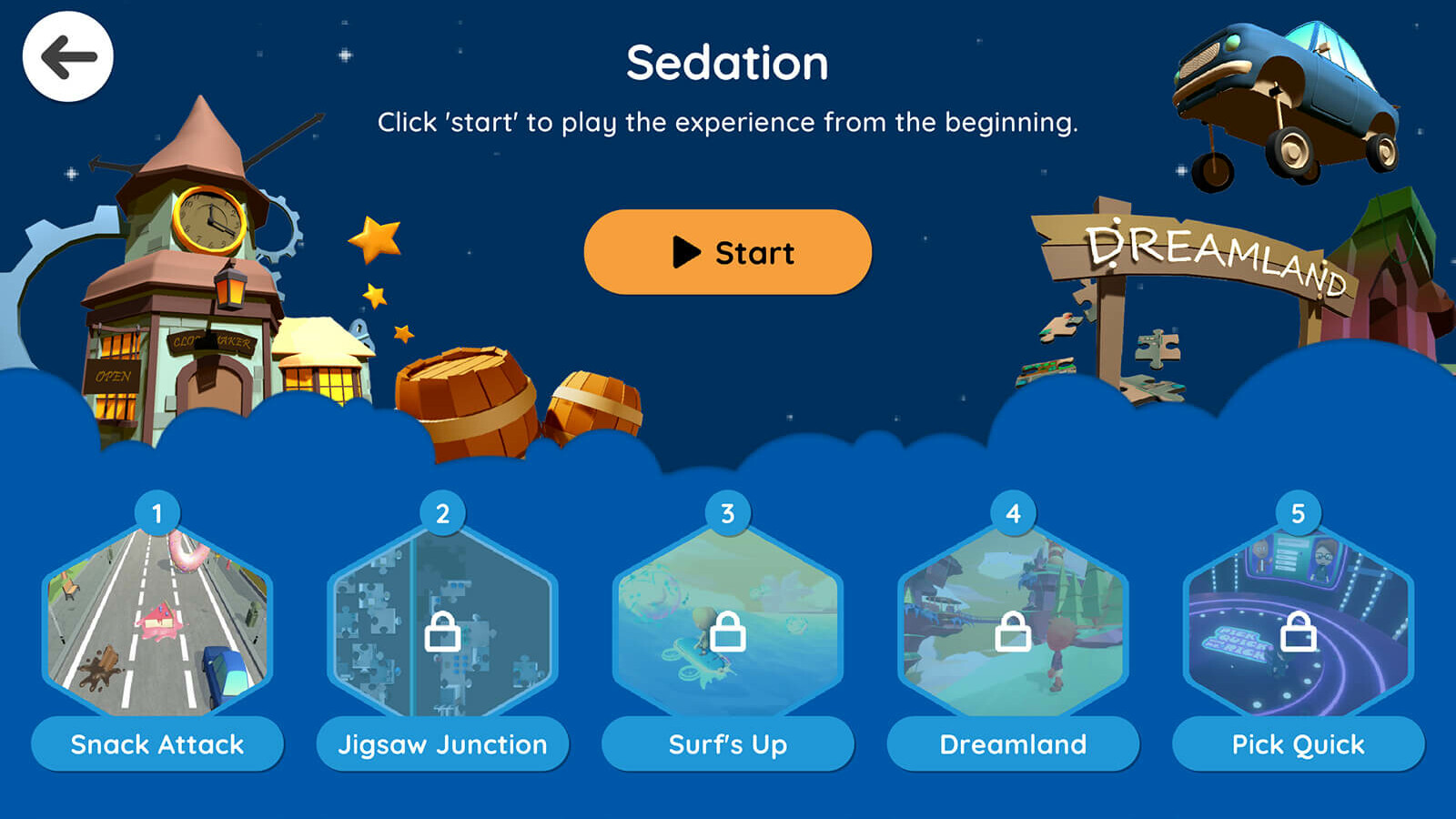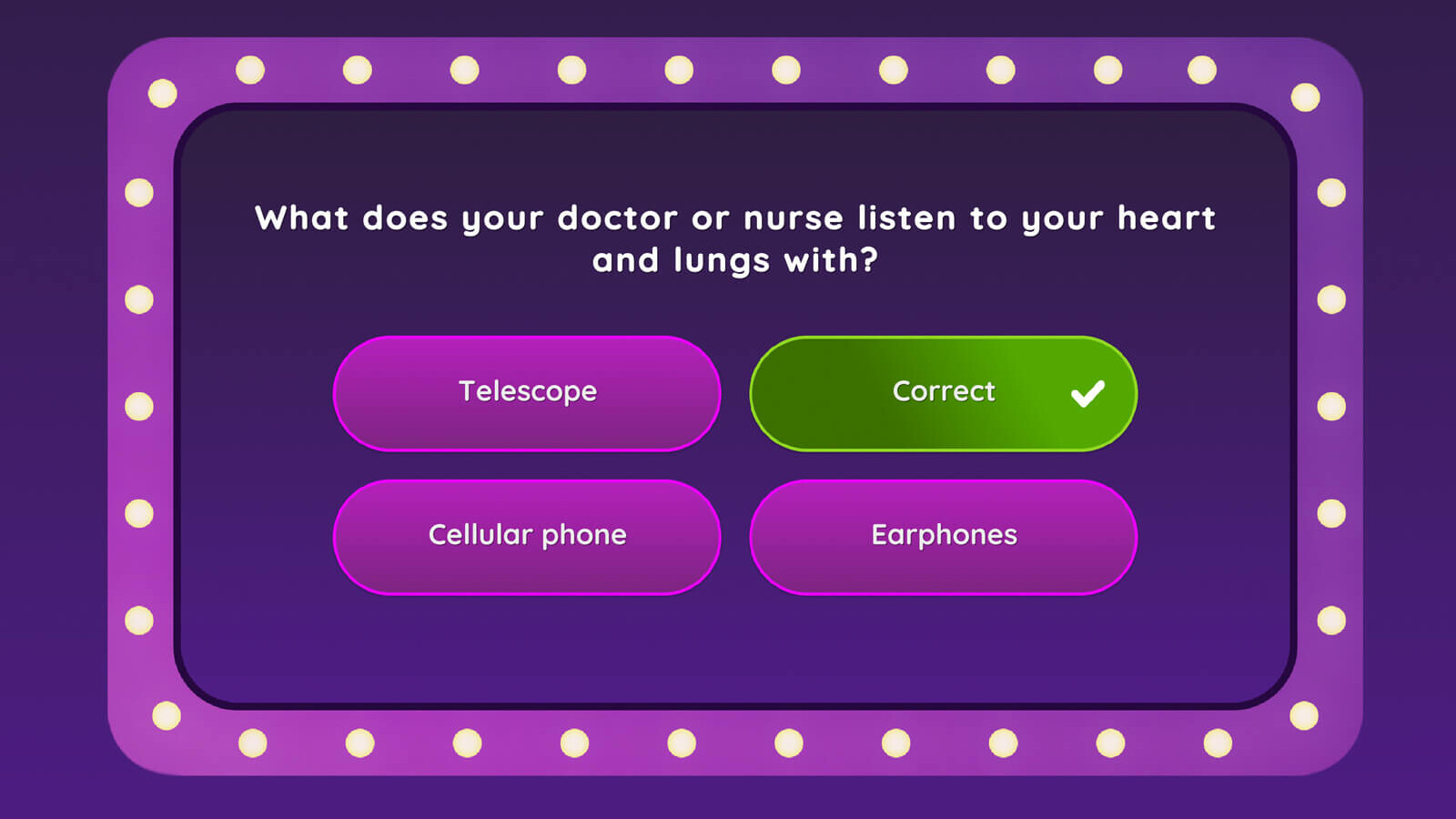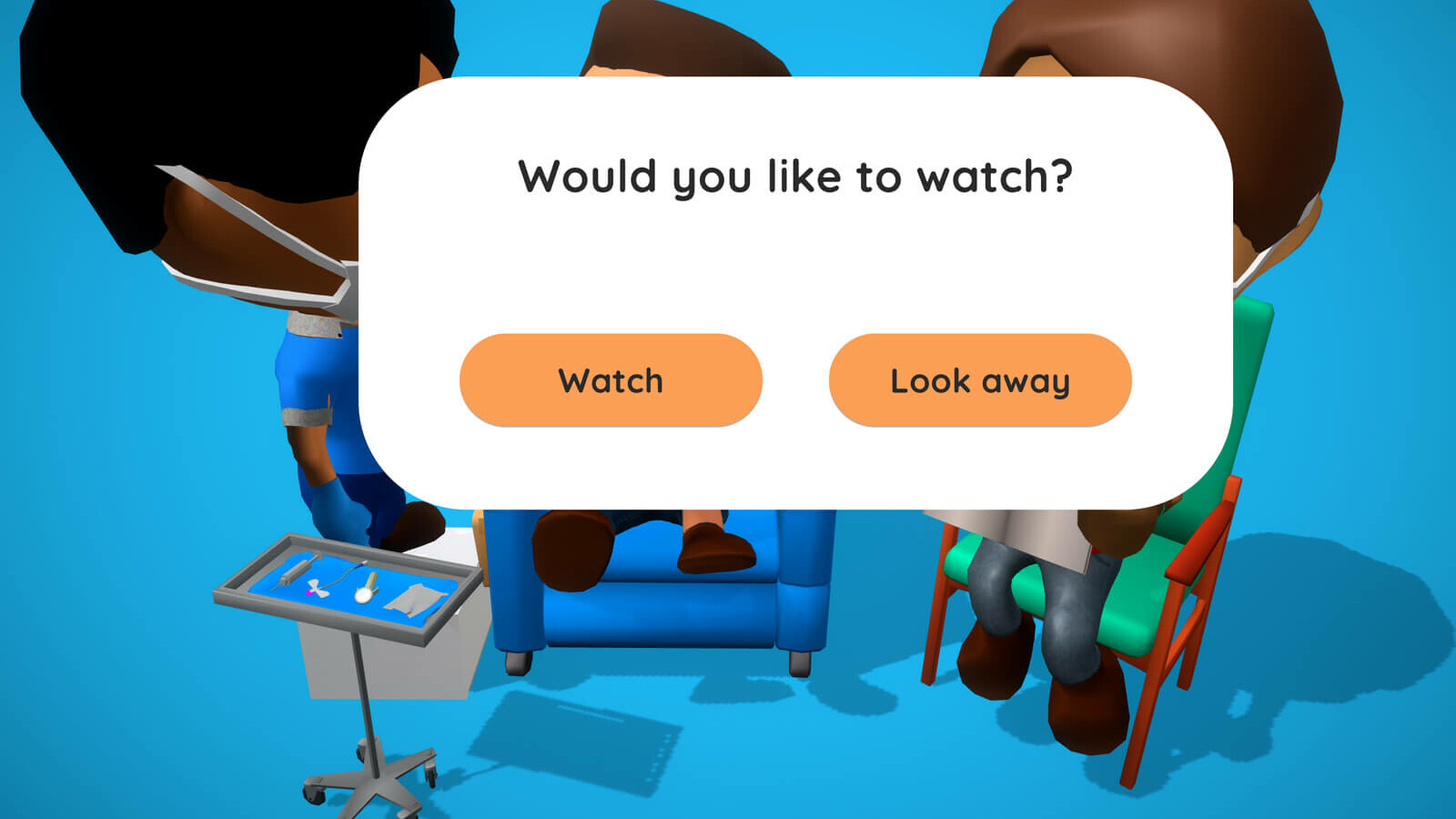Patient education is an essential component of any treatment plan but often child and adolescent patients get a raw deal. Underinvestment and lack of age-appropriate educational resources are commonplace.
Stefan Agamanolis, Xploro’s Chief Strategy Officer, argues that pediatric patient education is not only essential but also extremely valuable.
In modern healthcare, patient education is an essential aspect of providing medical care. It is universally recognized that informed patients are better equipped to manage their health, adhere to treatment plans, and achieve better outcomes. Patient education also provides operational and financial benefits for healthcare providers, making it a valuable investment. These combined recognitions have led to a thriving market for educational resources focused mainly on adult patients.
It’s time we extend this commitment to another critical demographic: children and adolescents. It could be argued that pediatric patient education has not received the same level of focus or investment as adult patient education. Education related to children is often targeted to parents, sacrificing the opportunity to activate and empower young patients in their own health care journey, setting the stage for positive health behaviors later in life. Prioritizing educational resources that directly engage children and adolescents can unlock significant benefits for multiple stakeholders, including the patients themselves, healthcare providers, healthcare institutions, and payers.
Empowering pediatric patients
For pediatric patients, education is crucial for several reasons. First and foremost, it empowers children to understand their health conditions and the importance of their treatments. When education is interactive and age-appropriate, it captures their interest and makes learning about their health engaging and less intimidating. Quality educational materials can demystify complex medical information, making it accessible and comprehensible. This fosters a sense of control and participation in their care, which is particularly important for young patients who might otherwise feel excluded, overwhelmed or frightened.
Healthcare providers: streamlining workflows
Healthcare providers benefit significantly from effective pediatric patient education, not only in terms of patient outcomes but also in making their daily routines more efficient and manageable. When children understand their conditions and treatments, they are more likely to adhere to prescribed regimens, attend follow-up appointments, and communicate openly about their symptoms. This level of engagement reduces the time providers spend repeatedly explaining basic concepts, allowing them to focus on more complex and personalized aspects of care. As a result, healthcare providers can have smoother, more efficient days, with fewer misunderstandings and complications to address. This increased efficiency leads to a more satisfying healthcare experience for both the patient and the provider, ultimately contributing to better health outcomes and a more streamlined workflow.
Institutional advantages
For healthcare institutions, the value of pediatric patient education extends beyond clinical outcomes to include operational efficiency and workflow improvement. Hospitals and clinics that invest in comprehensive educational programs demonstrate their commitment to patient and family-centered care, enhancing their reputation and patient satisfaction scores. Well-educated pediatric patients and their families are less likely to misunderstand treatment plans, reducing the risk of medical errors and liability issues. This proactive approach not only contributes to improved health outcomes but also streamlines institutional operations, leading to fewer readmissions and more efficient use of resources. As a result, healthcare institutions can operate more smoothly and cost-effectively, benefiting both their bottom line and the overall patient experience.
Payers and economic efficiency
From the perspective of payers, pediatric patient education is a strategic investment in both wellness and chronic condition management. Educated patients are less likely to require expensive emergency care or hospitalizations due to better disease management and adherence to treatment plans. Moreover, comprehensive education that encompasses wellness and preventive care can help keep children out of the hospital in the first place. Payers are particularly interested in educational initiatives that promote overall wellness, healthy lifestyles, and preventive care practices among children and adolescents, which can reduce the incidence of chronic conditions and other long-term health issues. By investing in educational resources that teach children about nutrition, physical activity, mental health, and disease management, payers can contribute to a healthier pediatric population and achieve significant cost savings while fostering overall well-being.

Imagine a child going to have a procedure like a blood test without knowing what they are going for, what will happen and who they will see – fear of the unknown can often be worse than the actual test.
All too often children do not have access to the information about health care procedures and treatments they need, even though we know they have better experiences and outcomes if they do.
Good child-centered information and education has a ripple effect out from a child, to their parents who support them, to the professionals who care for them, and to the institutions in which they are patients.
Lucy Bray, Professor of Child Health Literacy, Edge Hill University
The Need for Engaging and Age-Appropriate Content
For pediatric patient education to be truly effective, it must be delivered in a way that directly engages children and adolescents. This means creating content that is not only informative but also interactive and tailored to different age groups and cognitive abilities. Unfortunately, existing patient education materials often miss the mark by targeting parents instead of the children themselves. While parents play a crucial role in a child’s healthcare journey, children are often far more capable of understanding their conditions and treatments than we give them credit for. When educational resources speak directly to young patients, they foster a sense of autonomy and comprehension that can significantly enhance the child’s healthcare experience.
Leveraging Digital Tools to Support Educators
We wish every child, and every adult for that matter, could benefit from live education delivered by a human, whether a teacher in a school or a child life specialist in a hospital. Child Life specialists excel at providing tailored, interactive educational experiences that help children understand and cope with their medical conditions and treatments. They are particularly skilled at creating a comforting and engaging environment, ensuring that children feel supported and understood.
However, live one-on-one interaction isn’t always feasible due to high patient volumes and staffing constraints. Digital tools like Xploro can fill these gaps by providing interactive education that children can access anytime and anywhere, enabling children to learn at their own pace, revisit complex concepts until they fully understand them, and engage with the material in a way that feels like play rather than work. Gamifying content taps into a child’s natural inclination to play, encouraging repeated engagement and reinforcing important concepts through repetition.
Uniquely, Xploro allows children to create and customize their own avatars that serve as their healthcare guides. This personalized avatar becomes a character within the interactive educational content, making the learning experience more immersive and engaging. By projecting their identity into the avatar, children find the educational content more relatable and impactful, enhancing their overall understanding and retention of the information.
By integrating digital and human education, we can provide a more comprehensive and accessible learning experience for pediatric patients. This combination ensures that children receive the support they need from human educators while also benefiting from the flexibility and interactivity of digital tools.
With Xploro’s Missions and Quizzes functionality we provide a sophisticated next generation Learning Management System that allows you to set personalized learning journeys, track completion and measure retained knowledge through our teach-back quizzes. Find out how Missions and Quizzzes transform pediatric education in your organization.
If you enjoyed reading this then you might also like our post about Value Based Care


